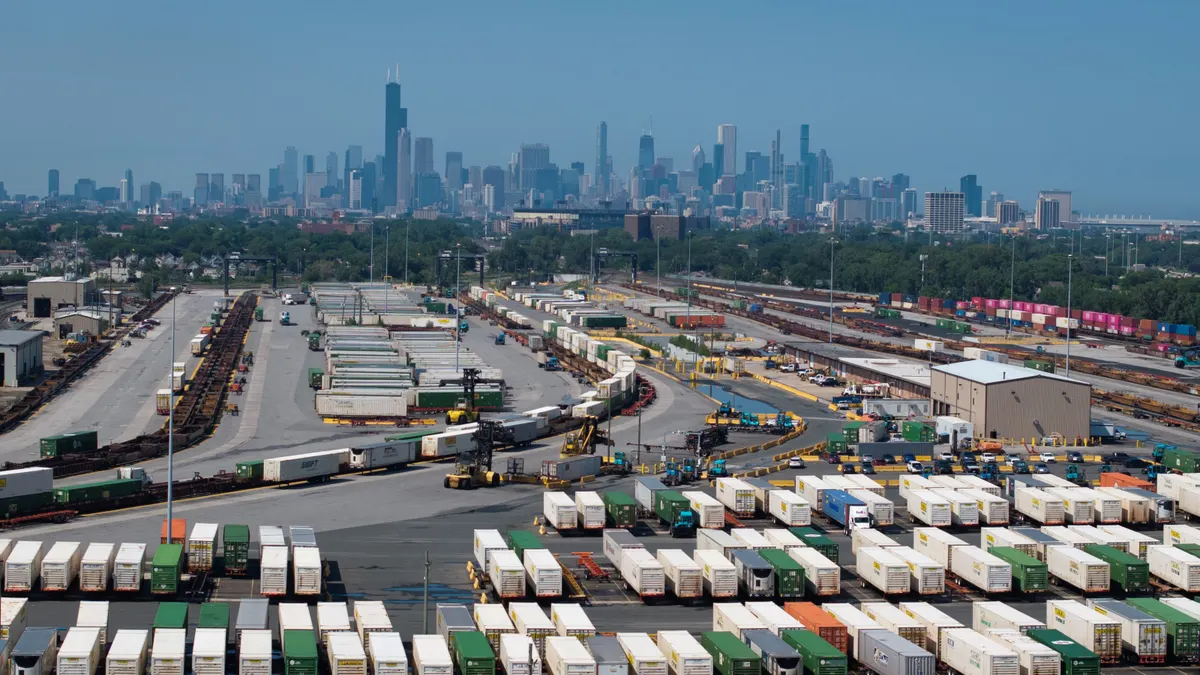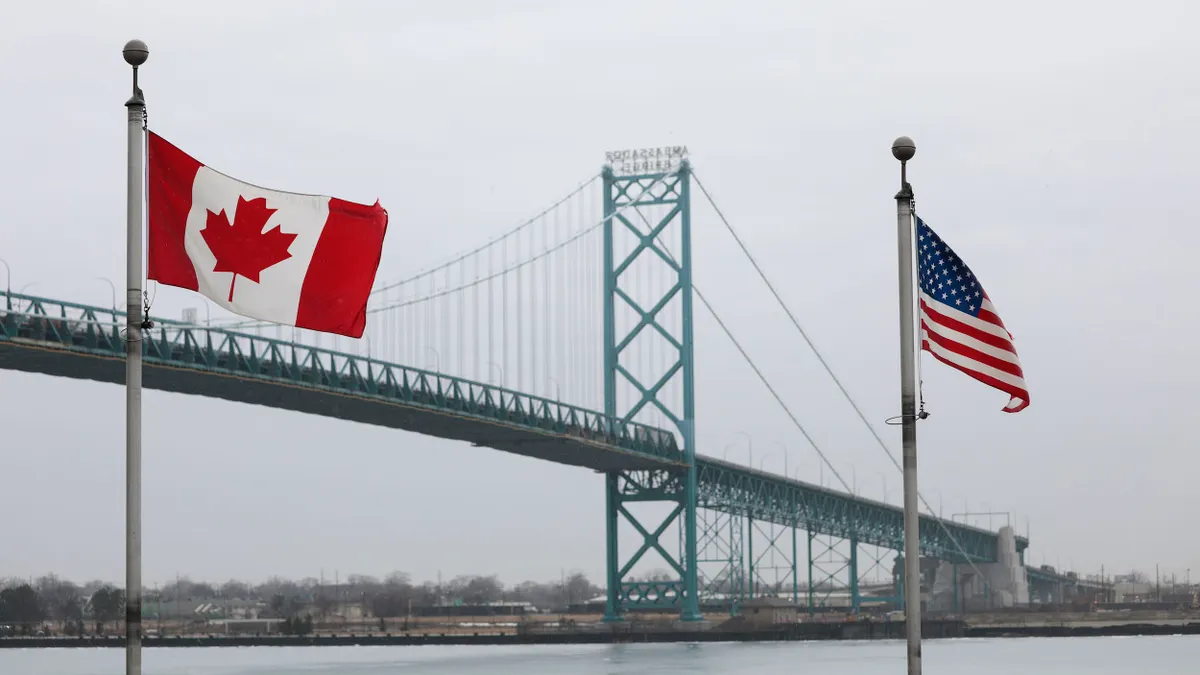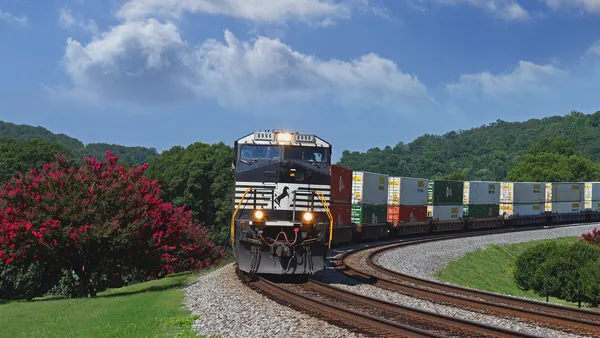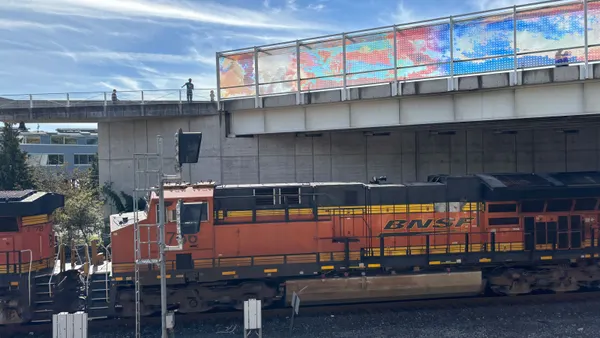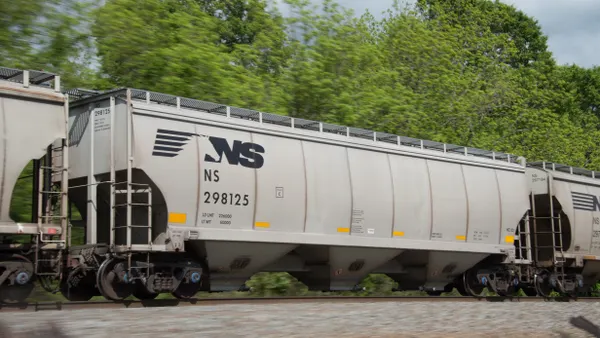Union Pacific is adding 15 new focus sites across its network to expand businesses’ accessibility to rail, according to an Aug. 25 press release.
The new railroad hubs enable Union Pacific to “concentrate resources, effectively manage logistics and provide targeted services for its customers,” per the release.
Focus sites are large-scale development areas made for custom-built warehouses or industrial facilities, per the release. Typically, the development areas are more than 125 acres and have a single controlling land owner, according to the Union Pacific website. Utilities and roads are accessible to sites, in addition to local development support.
The 15 new sites are spread across Arkansas, Illinois, Kansas, Louisiana, Nebraska, Washington, Wisconsin, Oregon and Texas, per the release. Twelve of the sites are located on short line railroads, which can easily connect to Union Pacific’s 32,000-mile network. In total, Union Pacific has 39 focus sites across its network.
“With the help of short lines, shippers will have greater access to both domestic and global markets, including Mexico, Canada and some of the nation’s largest ports in Los Angeles and Long Beach,” EVP of Marketing and Sales Kenny Rocker said.
Union Pacific has honed in on its service offerings after battling bouts of congestion throughout the years.
In 2023, Union Pacific announced plans to open an intermodal terminal in Phoenix, Arizona, to lure shippers looking for a good rail option for transporting goods from Southern California. Last year, Union Pacific launched a service connecting Southern California and Chicago that promised a three-day transit time and faster freight interchanges for trains set for the Ohio Valley and destinations in the Northeast.
Union Pacific also recently agreed to merge its network with Norfolk Southern. If approved by the Surface Transportation Board, the combined network would connect more than 50,000 miles of railroad across 43 states. The network merger is expected to cut interchange delays, open new routes and intermodal services, and slash transit times.



